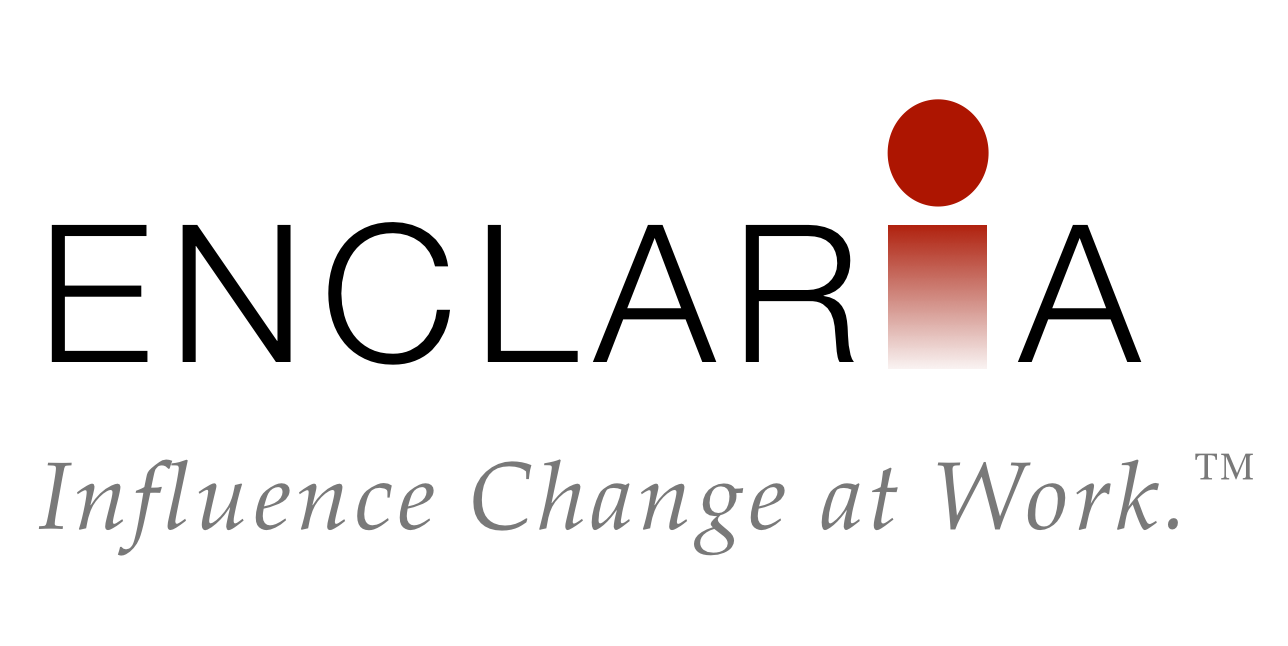The hesitation to change behaviors or participate in new activities is often caused by fear. Fear is the emotion attached to a perceived risk. It’s the worry that if one thing happens, then something bad will follow as a result. To negate fear and influence change, reduce risk.
Fear comes in all shapes and sizes, but when it comes to change, there are some common ones. Fear of being wrong. Fear of looking dumb. Fear that I’m not able. Fear of extra work. Fear of losing control or power. People who resist change believe that there is a risk that the fear will be realized if they participate, so they dig in their heels, sometimes without knowing it.
As an emotion, fear is not always rational. By surfacing the underlying risk assumption, you can take practical steps to alleviate it. For example, if you see that someone believes they will not be able to perform a task adequately, how might you reduce the risk that they will be unsuccessful when they try? You might also reduce the perceived risk by raising awareness of the real likelihood of failure.
How might you reduce risk?
Read more of the 99 Ways to Influence Change.
